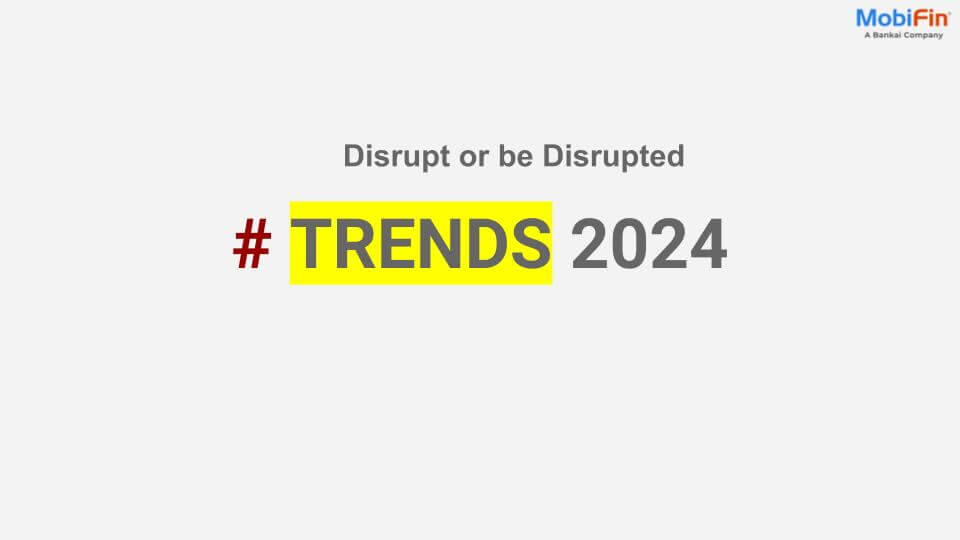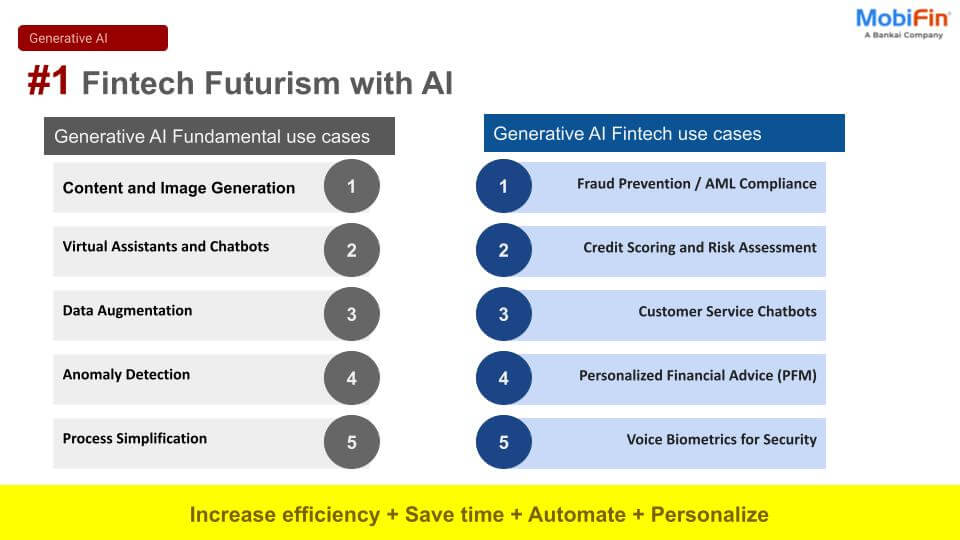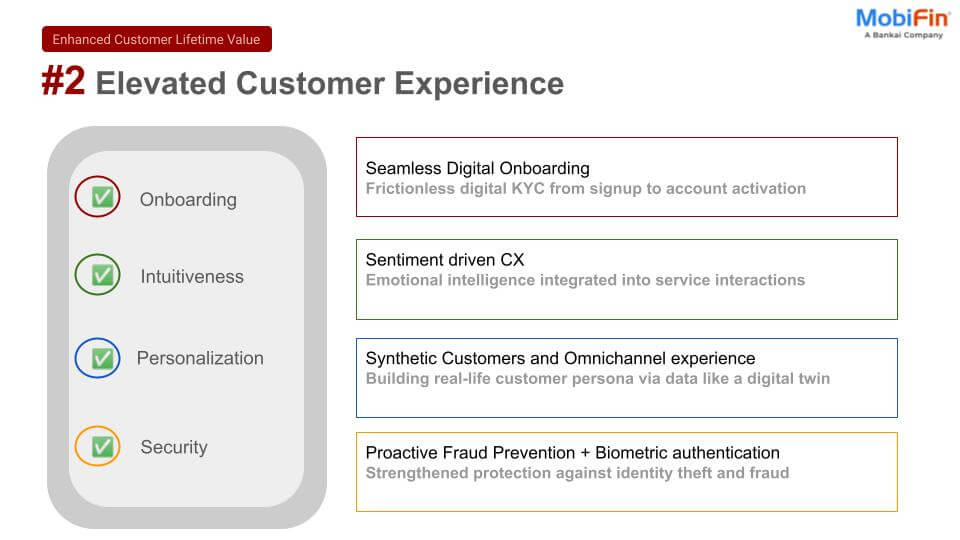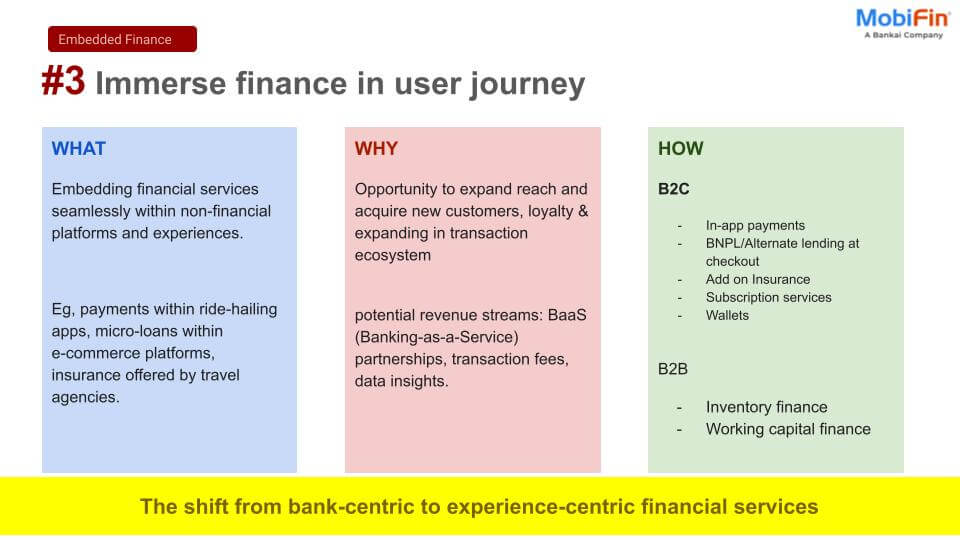Mike Lazaridis, the founder of BlackBerry, coined the term “super app” in 2010. Lazaridis defined it as a closed ecosystem that was utilized regularly due to their seamless integration and simplicity. While Lazaridis emphasized that a super app is an ecosystem, the word now refers to a single app that combines social, financial, service, and entertainment features.
Now, more than a decade later, Super Apps have been instrumental in bringing unprecedented changes in the financial ecosystem around the world. Therefore, in this blog, we will understand the timeline of excellent app expansion and what the economic landscape could expect from them.
What is a Super App?
A super app is a destination where users get all the services shaped around their daily needs, using just one integrated platform. A fantastic app within its ecosystem uses a vast amount of data and offers customers various services to keep them engaged for extended periods. To increase the quality of the services, the super app also involves third-party offerings that are fully integrated into the ecosystem.
Some of the notable features of Super Apps are:
- Financial services and payments (cashless payments, mobile payments, QR code payments, credits, loans, etc.)
- Retail services (hotel and ticket bookings, online ordering, restaurant, grocery, etc.)
- Miscellaneous services (call and messaging services, fitness, real estate, news, media content, etc.)
Why are Super Apps on the Rise in the Financial Market?
One of the primary reasons behind this spectacular rise of Super Apps in the financial market is that they offer a one-stop platform for multiple tasks. Therefore, the end-user doesn’t have to juggle many individual apps and can perform all their online functions through a single app.
Moreover, Super Apps would be vital in maximizing personalization in the banking sector. Whether opting for a particular digital financial solution or availing of services from a mobile wallet solution, with Super Apps, the banks could make their services more customer centric. It will proactively help create an ecosystem that will enable the user to use only those needed services.
For banks, BFSIs, and financial aggregators, Super Apps will accelerate the process of digital onboarding through real-time KYC, facial, biometric recognition, and more. In addition, these apps have AI-powered features that will allow the end customers to understand what an omnichannel experience feels like.
Super Apps: Expanding the Realm of Open Banking
The increase in technology access has opened new avenues for open banking, and Super Apps have a significant role to play in this transformation. Now a question might arise in your mind, what is open banking? So, to put it simply, open banking is a practice employed by the banking industry to allow third-party payment services, enable secure interoperability, and render transaction access to financial service providers.
Super apps will foster the culture of data-driven decision-making across the business ecosystem. Moreover, the banks can render customer-relevant products using the latest technologies such as Artificial Intelligence (AI), Machine Learning (ML), and more.
Open banking will expand into available data and finance through Super Apps. It will help the banks connect with the right partners, reduce the time taken to launch new products in the market and expand the userbase.
How should Banks and BFSIs Respond to the Rise of Super Apps?
With the increase in usage of Super Apps in the financial sector, the banks and BFSIs have three options to respond to this rise:
- Extend their Horizon: In this option, the banks will provide white-label services and generate significant revenues. Moreover, banks can use the super app ecosystem to render a more convenient and smoother user experience through their platform. Although the number of excellent apps is limited, banks must act quickly, or no partner will be left to help expand their horizon.
- Accept the Change: The Super Apps will disrupt the banking sector and the entire financial landscape. Therefore, banks should accept this fact; otherwise, they will lose even their loyal customer base. Taking the change will help the banks and BFSIs act according to their customers’ changing demands and potentially increase their profits.
- Compete with the Change: this option, although being the boldest, will reap rich results for the banks and BFSIs. The banking institutions willing to reimagine their business structure according to the transformation brought by Super Apps will only thrive in this change.
To compete with the change, banks can employ the following steps:
- Have a Solid Vision: Before riding the bandwagon of change, the banks need to understand their role in this new era. The financial institutions must define their niche to render the ecosystem of services to their customers or see them get redundant with time.
- Be Open to Open Data: there is one ‘golden rule’ to thrive in this ‘Super Apps’ driven change- always embrace the free flow of information. Therefore, banks need to explore APIs and open data architecture and be on point with their data exchange process.
- Become a Master of Data: Banking institutions and BFSIs must upgrade their data management capabilities to unlock the value of their third-party data. Data management capabilities such as Machine Learning (ML) and analytics algorithms will allow the banks to render new journeys and experiences to their customers.
Are Super Apps A ‘Winner Take All’ Market?
Super apps create a win-win situation for the banks, BFSIs, and the end customers. It renders significant economic incentives to the banks and optimal user experience as per their convenience to the customers. Moreover, to avail of these benefits, organizations working in the financial landscape will have to make huge investments as the technological requirements to build Super Apps are enormous. Also, these are still early days to determine who will be the real winner in this trend.
Understand Your ‘Super Apps’ Ambitions
Across the world, especially in the financial landscape, the super app trend is in its growing phase. Therefore, banks and BFSIs need to realize what they want from the awesome apps before riding on the bandwagon. Super apps will help grow a bank’s revenue by engaging local and global audiences smoothly. Although to perform this operation prolifically, banks need to integrate with leading service providers and deliver a frictionless user experience.













